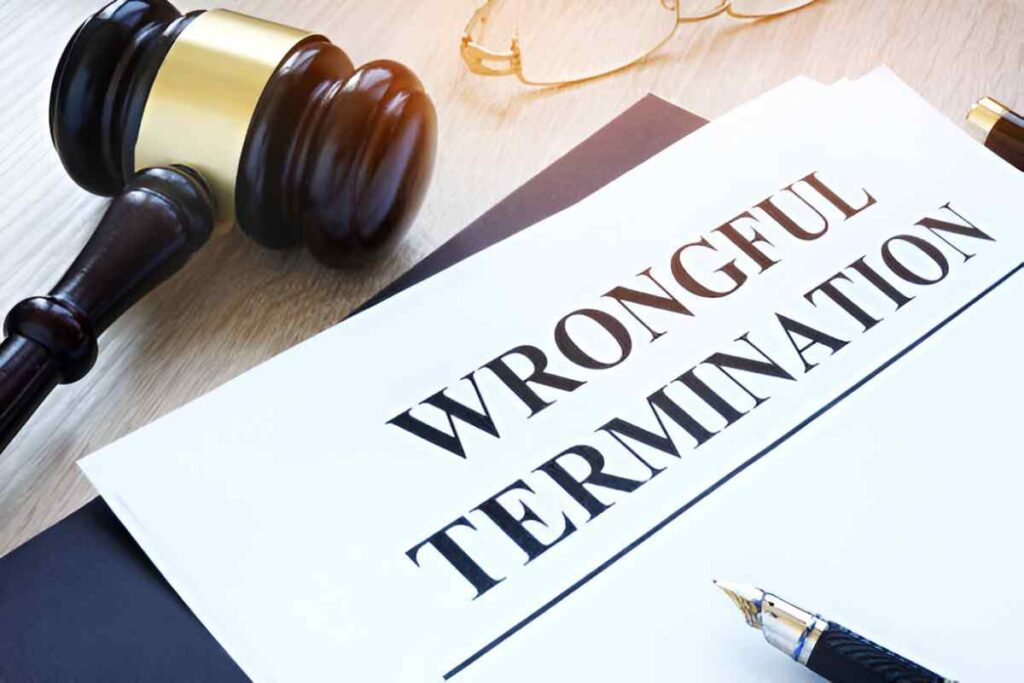When I first encountered the concept of a transfer deed, I found it both fascinating and intimidating. The legal jargon, the intricate processes, and the financial implications made it seem like a labyrinth. Over time, as I delved deeper into the world of finance and accounting, I realized that understanding transfer deeds is not just for lawyers or real estate professionals—it’s essential for anyone involved in property transactions. In this article, I’ll break down the transfer deed process in simple terms, explore its financial and legal implications, and provide practical examples to help you navigate this critical aspect of property ownership.
Table of Contents
What Is a Transfer Deed?
A transfer deed is a legal document used to transfer ownership of real property from one party to another. It’s a cornerstone of real estate transactions, ensuring that the buyer (grantee) legally acquires the property from the seller (grantor). In the U.S., transfer deeds are governed by state laws, which means the specifics can vary depending on where the property is located.
Types of Transfer Deeds
Not all transfer deeds are created equal. The type of deed used in a transaction can significantly impact the rights and protections of the parties involved. Here are the most common types:
- Warranty Deed: This deed offers the highest level of protection for the buyer. The seller guarantees that they hold clear title to the property and that there are no liens or encumbrances. If any issues arise later, the buyer can seek legal recourse.
- Quitclaim Deed: This deed transfers whatever interest the seller has in the property, without any guarantees. It’s often used in transactions between family members or to clear up title issues.
- Special Warranty Deed: This deed provides limited protection. The seller guarantees that they haven’t encumbered the property during their ownership but makes no promises about previous owners.
Each type of deed serves a specific purpose, and choosing the right one depends on the nature of the transaction and the level of risk the parties are willing to accept.
The Financial Implications of Transfer Deeds
Transferring ownership isn’t just a legal process—it’s a financial one. The transfer deed is often accompanied by significant costs, including taxes, fees, and potential capital gains implications. Let’s break these down.
Transfer Taxes
In many states, transfer taxes are levied on the sale of real property. These taxes are typically calculated as a percentage of the sale price. For example, if a property sells for $500,000 and the transfer tax rate is 1%, the tax would be:
Transfer\ Tax = Sale\ Price \times Tax\ Rate = \$500,000 \times 0.01 = \$5,000Transfer taxes can vary widely by jurisdiction. In some areas, the buyer pays the tax; in others, it’s split between the buyer and seller.
Recording Fees
Once the transfer deed is executed, it must be recorded with the local county recorder’s office. Recording fees are typically based on the number of pages in the document and can range from $25 to several hundred dollars.
Capital Gains Tax
If the seller has owned the property for more than a year and sells it at a profit, they may be subject to capital gains tax. The tax rate depends on the seller’s income level and how long they’ve owned the property. For example, if the property was purchased for $300,000 and sold for $500,000, the capital gain would be:
Capital\ Gain = Sale\ Price - Purchase\ Price = \$500,000 - \$300,000 = \$200,000The federal long-term capital gains tax rate ranges from 0% to 20%, depending on the seller’s taxable income.
The Legal Process of Transferring Ownership
The transfer of ownership involves several steps, each of which must be carefully executed to ensure a smooth transaction.
Step 1: Drafting the Deed
The first step is drafting the transfer deed. This document must include:
- The names of the grantor and grantee
- A legal description of the property
- The type of deed being used
- The signature of the grantor
Step 2: Signing and Notarization
Once the deed is drafted, it must be signed by the grantor in the presence of a notary public. Notarization ensures that the signature is genuine and that the grantor is signing voluntarily.
Step 3: Recording the Deed
After signing and notarization, the deed must be recorded with the county recorder’s office. Recording the deed provides public notice of the transfer and establishes the grantee’s legal ownership.
Step 4: Updating Property Records
Finally, the grantee should ensure that property records, including tax assessments and utility bills, are updated to reflect the new ownership.
Common Pitfalls and How to Avoid Them
While the transfer deed process may seem straightforward, there are several potential pitfalls that can derail a transaction.
Unclear Title
One of the most common issues is an unclear title. This can occur if there are liens, encumbrances, or disputes over ownership. To avoid this, I always recommend conducting a thorough title search and purchasing title insurance.
Incorrect Legal Description
An incorrect legal description can invalidate the deed. This is why it’s crucial to double-check the property description against official records.
Failure to Record the Deed
If the deed isn’t recorded, the transfer of ownership may not be legally recognized. This can lead to disputes and financial losses.
Practical Example: Calculating Transfer Costs
Let’s walk through a practical example to illustrate the financial aspects of a transfer deed. Suppose I’m selling a property in California for $750,000. Here’s how I would calculate the transfer costs:
- Transfer Tax: California’s transfer tax rate is $1.10 per $1,000 of the sale price.
Recording Fees: The recording fee for a deed in California is $75 for the first page and $3 for each additional page. Assuming the deed is 5 pages long:
Recording\ Fee = \$75 + (4 \times \$3) = \$87Capital Gains Tax: If I purchased the property for $500,000 and sold it for $750,000, my capital gain would be:
Capital\ Gain = \$750,000 - \$500,000 = \$250,000
Assuming a 15% federal capital gains tax rate:
Adding these up, the total transfer costs would be:
Total\ Transfer\ Costs = \$825 + \$87 + \$37,500 = \$38,412The Role of Title Insurance
Title insurance is a critical component of the transfer deed process. It protects the buyer and lender from financial losses due to title defects, liens, or other issues. While it’s an additional cost, I consider it a worthwhile investment for peace of mind.
Conclusion
Transferring ownership through a transfer deed is a multifaceted process that involves legal, financial, and administrative steps. By understanding the types of deeds, the associated costs, and the potential pitfalls, you can navigate this process with confidence. Whether you’re buying your first home or transferring property to a family member, a clear understanding of transfer deeds will empower you to make informed decisions.





